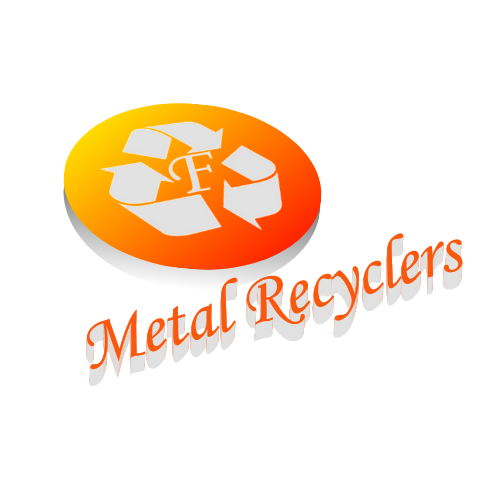Metal recycling is the process of collecting, processing, and reusing metal materials so they can be turned into new products instead of being thrown away. It’s one of the most important ways we can reduce waste, save energy, and protect the environment.
Why is Metal Recycling Important?
Metals are found everywhere — in cars, appliances, buildings, electronics, and packaging. But mining and processing raw metal from the earth uses a lot of energy and causes pollution. Recycling helps us avoid that. For example, recycling aluminum uses up to 95% less energy than making it from raw materials!
How Does Metal Recycling Work?
The process usually involves a few key steps:
Collection
Metal is gathered from households, businesses, construction sites, and junkyards. This can include items like old cars, scrap machinery, wires, cans, and pipes.Sorting
Different types of metal (like steel, aluminum, copper, and brass) are separated. Some facilities use magnets to pull out ferrous metals (metals that contain iron).Processing and Shredding
The metal is cleaned and then shredded into smaller pieces to make it easier to melt.Melting
The shredded metal is melted down in large furnaces designed for specific metals.Purification
Any impurities are removed to make sure the final product is high quality.Solidifying
The purified metal is then poured into molds, cooled, and turned into blocks or sheets that can be used to make new items.
What Types of Metals Can Be Recycled?
Ferrous metals: These contain iron and are magnetic (e.g., steel and cast iron).
Non-ferrous metals: These include aluminum, copper, brass, zinc, and more. They don’t contain iron and aren’t magnetic, but they’re often more valuable.
Benefits of Metal Recycling
✅ Reduces waste in landfills
✅ Conserves natural resources
✅ Saves energy
✅ Reduces greenhouse gas emissions
✅ Supports the economy and creates jobs
Final Thoughts
Metal recycling is a simple but powerful way to make a positive impact on the planet. Whether you’re recycling an old soda can or scrapping a broken-down car, every bit of metal that’s reused helps build a cleaner, greener future
